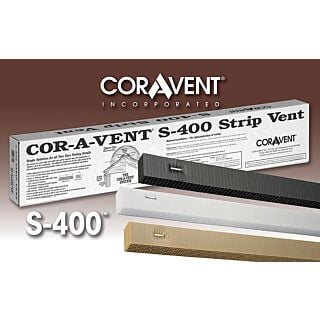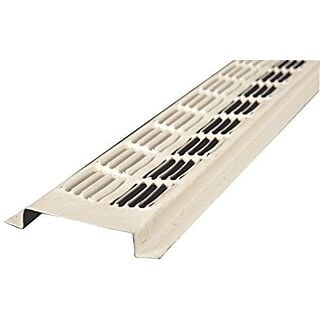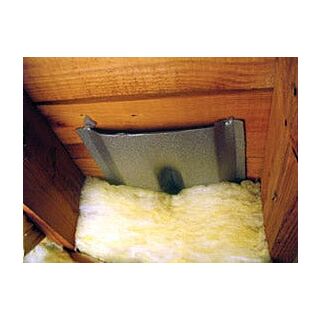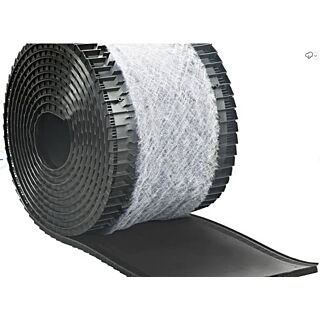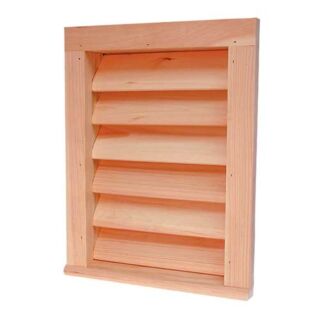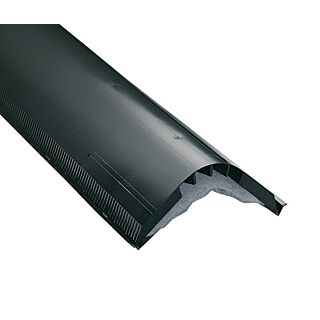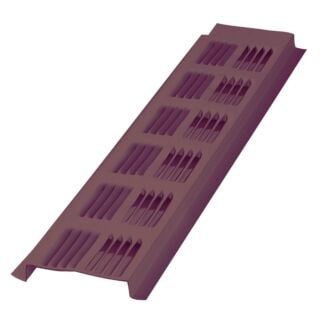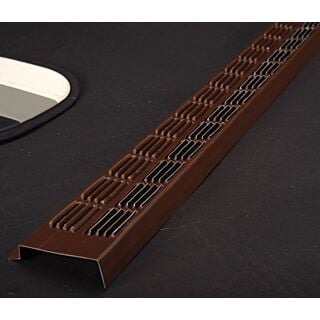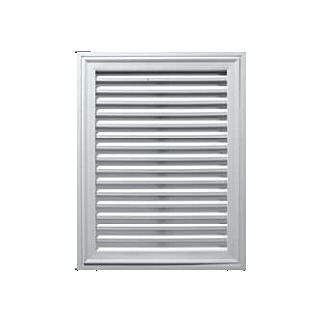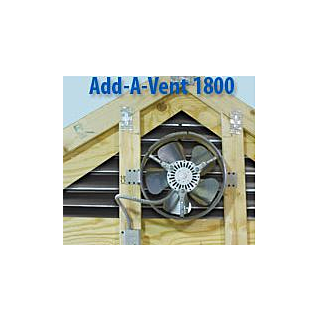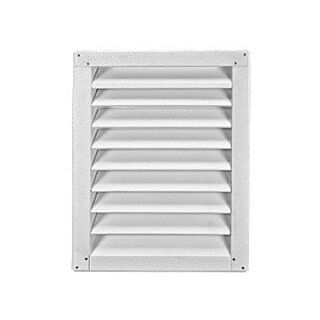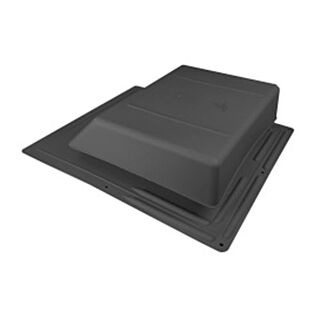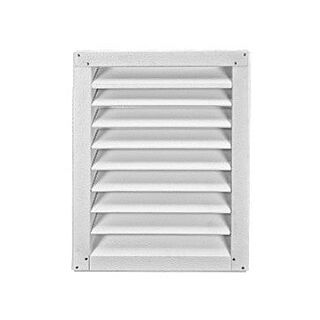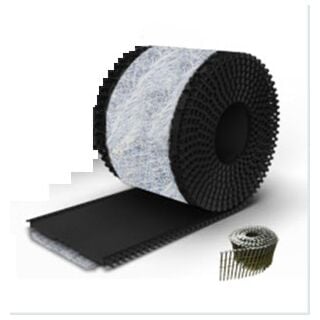Attic Ventilation
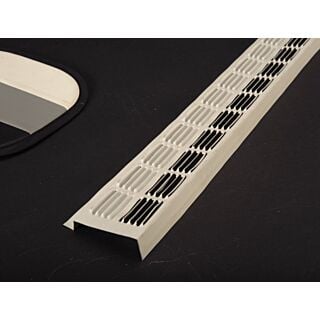 Lomanco #79 Aluminum Continuous Soffit Vent, 2-3/8 in. x 8 ft. SKU: LOMANCO79SOFFITAs low as $6.95Piece
Lomanco #79 Aluminum Continuous Soffit Vent, 2-3/8 in. x 8 ft. SKU: LOMANCO79SOFFITAs low as $6.95Piece
What ypes of Ventilation Products does Ring's End Stock?
There are multiple types of ventilation products and can help with your ventilation of your attic or crawl spaces.
Roof Vents
Ring’s End stocks Lomanco #750 aluminum roof vents. These exhaust vents are installed directly on the roof to help vent hot attic air out of the building. They require proper intake ventilation to work properly.
Soffit Vents
Ridge vents work best with soffit vents. For top performance, place the intake vents low on the structure, typically at the overhangs. Ring’s End carries aluminum soffit vents by Alcoa and polypropylene soffit vents by COR-A-Vent.
Ridge Vents
Ridge vents install on the peak of the roof allowing exhaust ventilation all along the roofline -- end-to-end. Ring's End carries the ShingleVent II and II-9 by Air Vent Inc. Design features include an external baffle and internal weather filter for optimum airflow and weather protection.
Gable Vents
Ring’s End carries a variety of ventilating louvers. These products not only reduce heat and moisture in attics and garages, they add an attractive architectural detail to building exteriors. For customers who prefer polyurethane louvers because of their durability and low maintenance, Ring’s End carries polyurethane louvers from Fypon, Cellwood, Webb, and AWSCO. For customers who prefer the traditional look of red cedar, Ring’s End carries many in-stock sizes, ranging from 12” x 12” to 24” x 30”. Custom sizes and shapes of louver gable vent units are also available on special order.
Foundation Vents
Foundations not only need air ventilation to keep them from getting moldy and musty, but many also need an escape path for water if the basement or crawlspace is flooded. Ring’s End carries flood vents especially made for this purpose.
Attic Vents
Ring’s End stocks the Lomanco’s Add-A-Vent, a product that attaches to the inside of a louvered gable vent and adds the assistance of an electric fan to exhaust hot attic air. A thermostat turns the fan on automatically when the attic air temperature rises to a certain point, and shuts off when the air is cooled.

